
Find hidden data on your computer with PCFerret
How well do you know your PC, the data it holds, how it’s really being used by others? PCFerret is a freeware tool for Windows Vista and later which claims it can help you find out.
Despite the intriguing pitch, PCFerret opens with a relatively ordinary system information report. It covers the core details you’d expect -- hardware, network, drive statistics, user accounts etc -- and can be saved to HTML for easy sharing, but it can’t compete with the more specialist competition.

Clarizen strengthens integration with Box
Enterprise collaboration software specialist Clarizen is introducing enhanced integration between its product and cloud storage service Box, making it easier for businesses to manage and share materials.
Thanks to strengthened integration between the two cloud services, companies can now connect files and folders seamlessly between platforms, leading to increased productivity that drives business results.

FotoSketcher gains amazing 'brushstrokes' effect
David Thoirin has announced the release of FotoSketcher 3.00, a freeware Windows application for transforming digital photos into works of art.
The headline addition this time is a new Painting 10 (brushstrokes) effect, which turns your source image into a painting -- complete with the look of layered brush strokes -- in a couple of clicks.

How cloud solutions can meet the needs of the on-demand economy
You may have heard the term "on-demand" before, but what exactly is it? The on-demand economy is defined as economic activity facilitated by technology companies that fulfill consumer demand via the immediate provisioning of goods and services. In an on-demand situation, the supply of the goods or services is driven by an existing technology infrastructure that provides speed, accuracy and most importantly access to the product when the customer wants it.
This on-demand economy is revolutionizing commercial behavior. With years of technological investment and shifting consumer behavior, it’s not surprising that the numerous companies, across a breadth of categories, are driving industry growth at an alarming pace.

Wearables are perfect for the enterprise
In recent years, we have seen that wearable technologies such as smart glasses and smart watches have been met with a flat response.
However in the enterprise space these technologies can provide real benefit in key areas such as ones that require speed, safety and working with large data which a consumer is not exposed to.

Google versus human -- how good is Google Translate?
Earlier this year Google introduced a number of enhancements to its Translate service. As well as written text this now makes it able to transcribe and translate audio.
But how does it compare to a human? Translation service Verbal Ink has done a head-to-head comparison and released the results as an infographic.
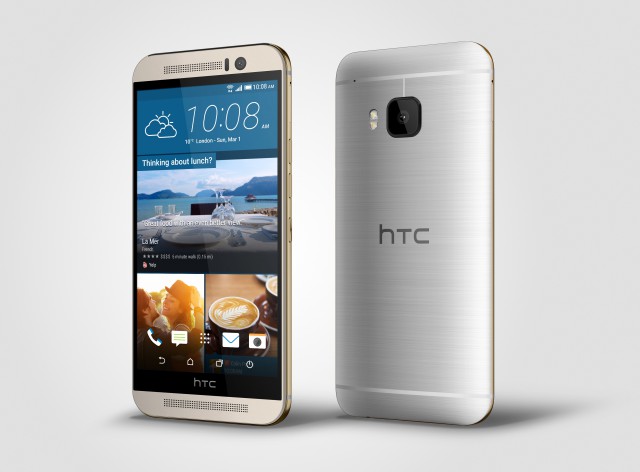
HTC One M9 listing reveals US price and availability
It is hard not to like HTC's latest flagship, One M9. The smartphone retains the features that we like from its predecessor, such as the stereo front-facing speakers, metal body and expandable storage, while fixing the bigger issues surrounding the rear-facing camera. There is now a 20.7 MP sensor on the back, which should lead to more detailed photos, while the front of the flagship gets a 4 MP UltraPixel shooter -- it's similar to the camera on the back of One (M8).
Yet while we know what One M9 brings to the table, in regards to specifications and design, HTC hasn't told us much about availability and pricing. Luckily for us, US retailer B&H's listing of the flagship sheds some light on the matter.
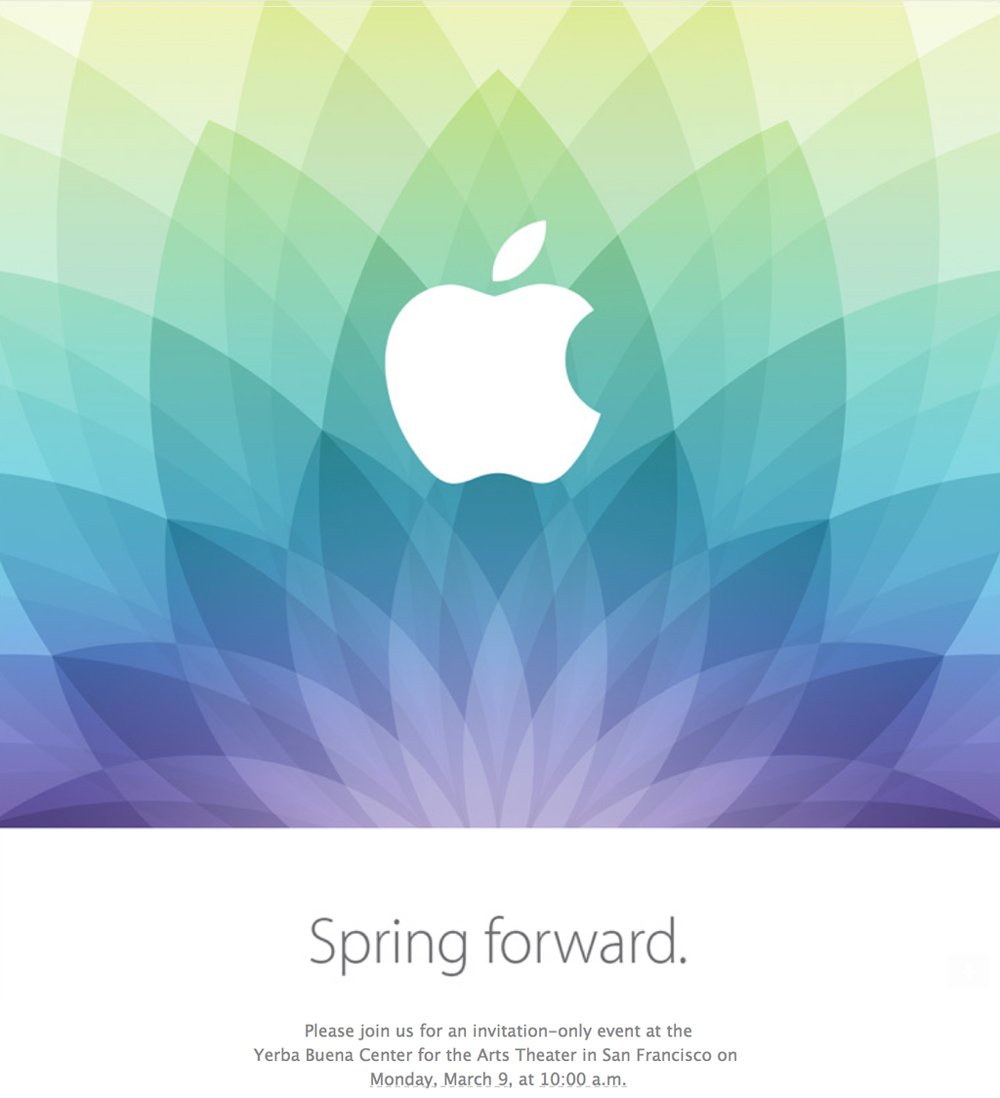
Watch Apple's 'Spring Forward' event live on any device including Windows and Android
Whether you think the Apple Watch will revolutionize wearables, or be a rare misstep for Apple, we’re about to find out as the tech giant is all set to launch its latest new product at a 'Spring Forward' event which is being hosted today at the Yerba Buena Center for the Arts Theater in San Francisco.
While the Apple Watch will be the center of attention, it’s possible that Apple will have a few other products to show off too including maybe a Retina MacBook Air and Beats Music Service.

Driverless car tech could lead to better robots
We’re only a few steps away from real-life Transformers. Or Terminators. Or both.
A recent report from the consulting firm McKinsey says the technology used to build the self-driving cars could end up in robots, benefiting the human race in many ways.

Around half of mobile app demand comes from hobbyists and startups
Companies increasingly want to take their business to new consumers by using mobile sites and apps. But it seems that it's startups and hobbyists that are driving a big chunk of app demand.
ContractIQ, which offers a service that matches developers to software projects, has produced its latest report on app development trends and pricing, offering some interesting insights into the market.

Motorola Moto Turbo launches in India for Rs 41,990 ($690) -- pick this over Nexus 6 or any other flagship
Motorola today launched the Moto Turbo smartphone in India. The Lenovo-owned manufacturer has once again partnered with the number uno e-commerce portal Flipkart to exclusively sell the handset through the online channel. Priced at Rs 41,999 ($690), the smartphone packs in some of the best specifications you can ask for in an Android device.
As for the specifications, the Moto Turbo sports a 5.2-inch AMOLED display with 565 ppi protected by Corning Gorilla Glass 3. Inside the smartphone sits a 2.7GHz quad-core Snapdragon 805 processor with 600 MHz Adreno 420 GPU, paired with 3GB of RAM and 64GB internal storage. On the camera front, the handset packs in 4K-capable, 21MP rear shooter with dual LED flash and a 2MP sensor upfront.
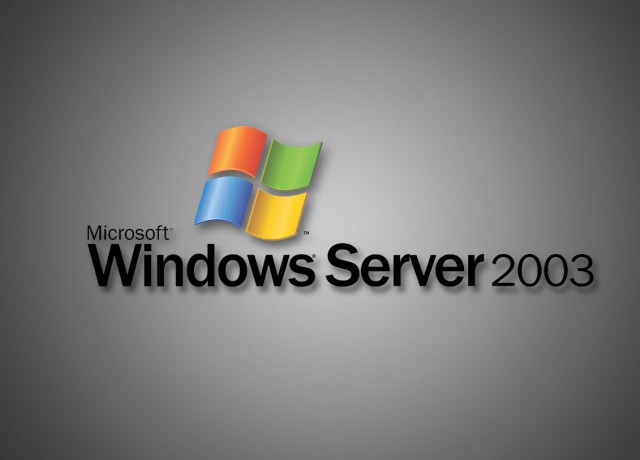
Is Windows Server 2003 destined to be the next Windows XP?
We aren't too far removed from the death of Windows XP -- sure you can still use it, but you do so at your own peril as the operating system is no longer supported by Microsoft (businesses can pay for extended support -- protection money, if you will). That hasn't stopped many individuals, and indeed even businesses, from continuing to run the OS despite potential for disaster. Granted, that may not be huge, but it is still a very real concern.
Now Windows Server 2003 faces a similar fate, with an impending date of July 14th, 2015 slated to bring an end to another staple of the enterprise. Like Windows XP, customers will not be happy -- enterprises move slowly and upgrades can be costly, not to mention proprietary software that may not work once the move is complete.
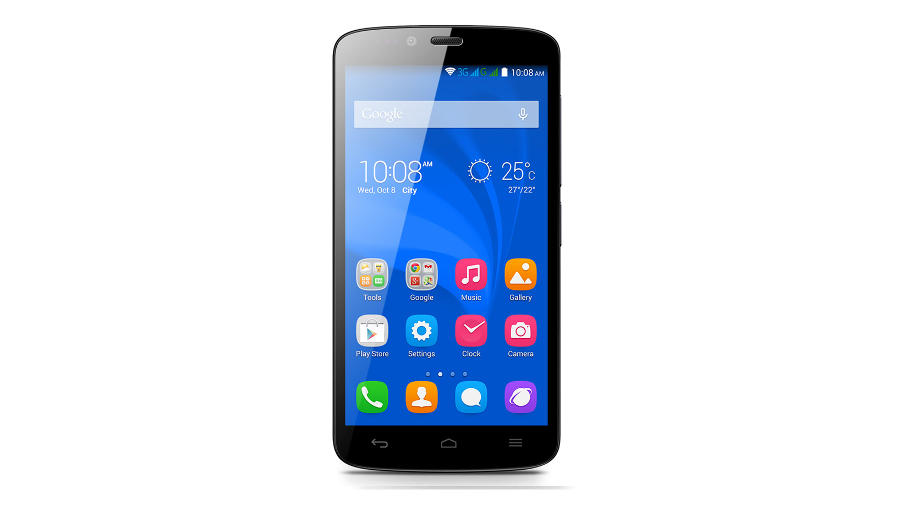
Huawei Honor Holly: Budget phone without budget performance [Review]
If I wanted to pinpoint the most important development in the smartphone sector in the last two years, it would probably have to be the rapid rise of Chinese manufacturers. Huawei is one of the companies that has forced the mighty Samsung to consent to a rapidly declining market share in the huge Chinese market. Now it is going even further to conquer the world.
The Huawei Honor Holly that I review here is a typical example of what is on offer. It signifies what consumers in rising Asian markets want most: A large screen and good performance that will allow operation as the user’s only device. Let’s take a closer look.
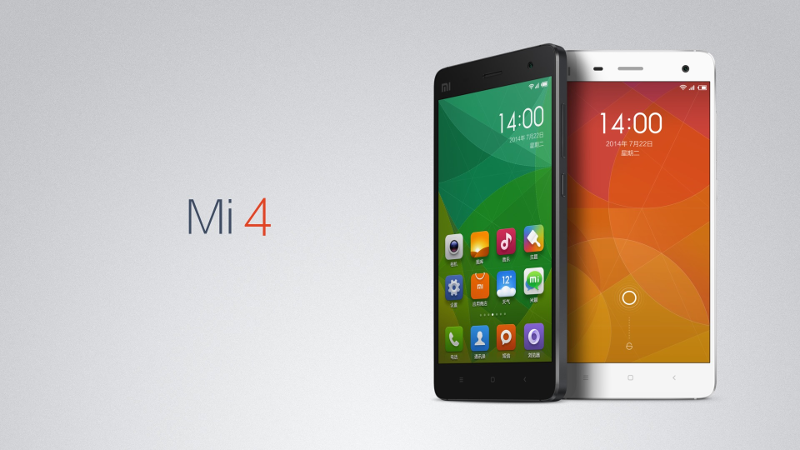
Xiaomi Mi 4 flagship riddled with malware and uncertified Android version, or is it? [Update]
Updated at 18:00 IST: Bluebox and Xiaomi are now confirming that the handset the security firm tested was a counterfeit product purchased through an unofficial channel. You can read Xiaomi's full statements below.
Xiaomi’s Mi 4 is one of the best smartphones you cannot purchase so easily -- but it might be for the best, it seems. Don’t get me wrong: The Mi 4 packs in top-of-the-line specifications, the latest Android-based operating system, and is incredibly cheap, but if data security firm Bluebox's latest report is to be believed, it also comes with malware and a host of other issues. The handset seems to have been tampered with by an unidentified third party, however. We’ll have more details on this later today.
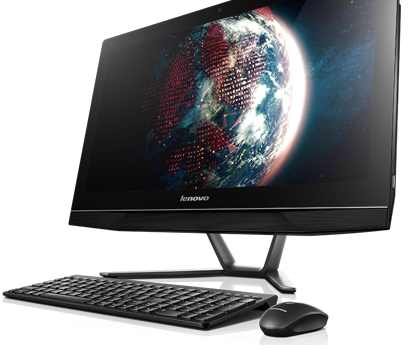
Lenovo B50-30 23.8 inch All-in-one -- beautiful, powerful and affordable [Review]
As a system builder, and lover of desktop add-on cards, I am usually adverse to all-in-one computers. Why? I prefer having my computer and monitor separate -- if one breaks, the other can still function. With that said, I recognize the value and space-savings potential of these machines.
For me to be interested in an all-in-one unit, it has to be exceptional. In other words, it has to be well-specced, as many upgrades will not be possible. Today, I am reviewing the Lenovo B50-30 23.8 inch All-in-one computer, and boy oh boy, are the specifications nice! It has an Intel Core i7 processor, 12GB of RAM and a discrete 2GB Nvidia gaming card. Is it enough to make me an all-in-one proponent?